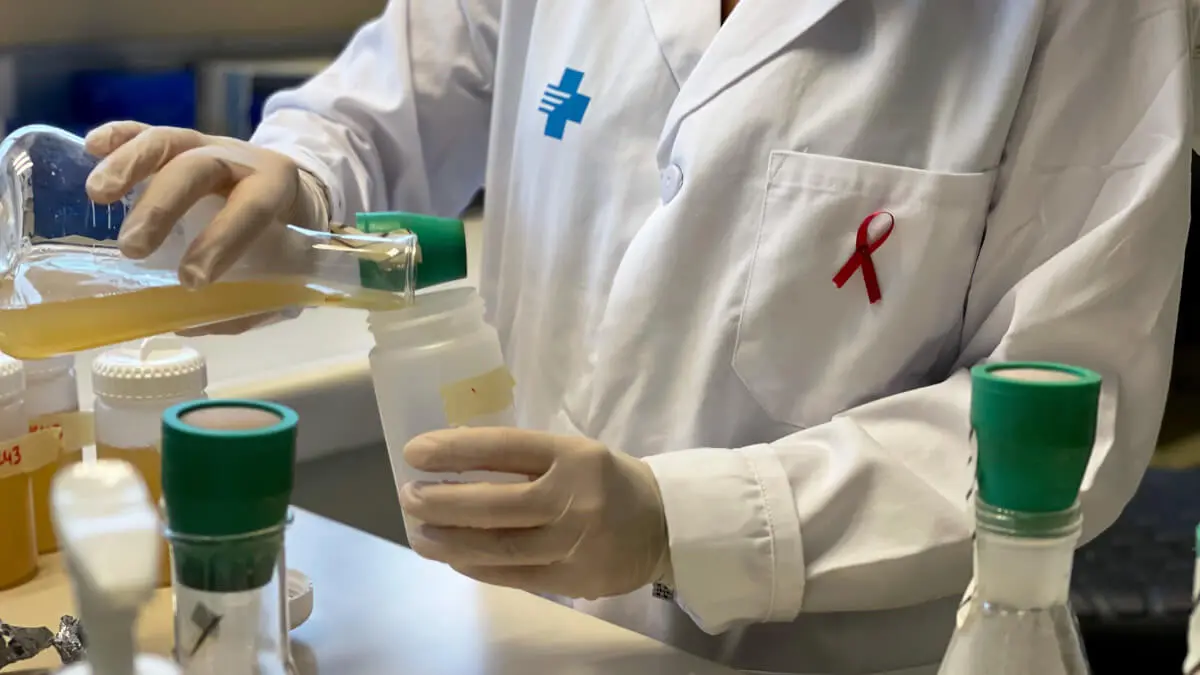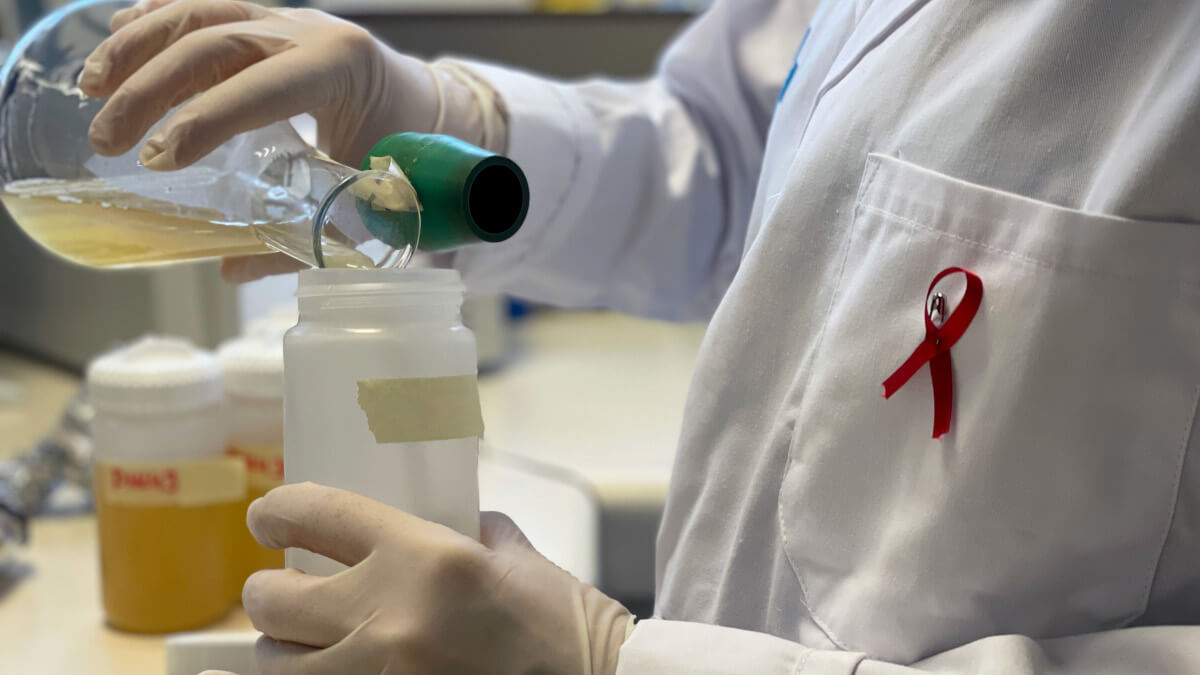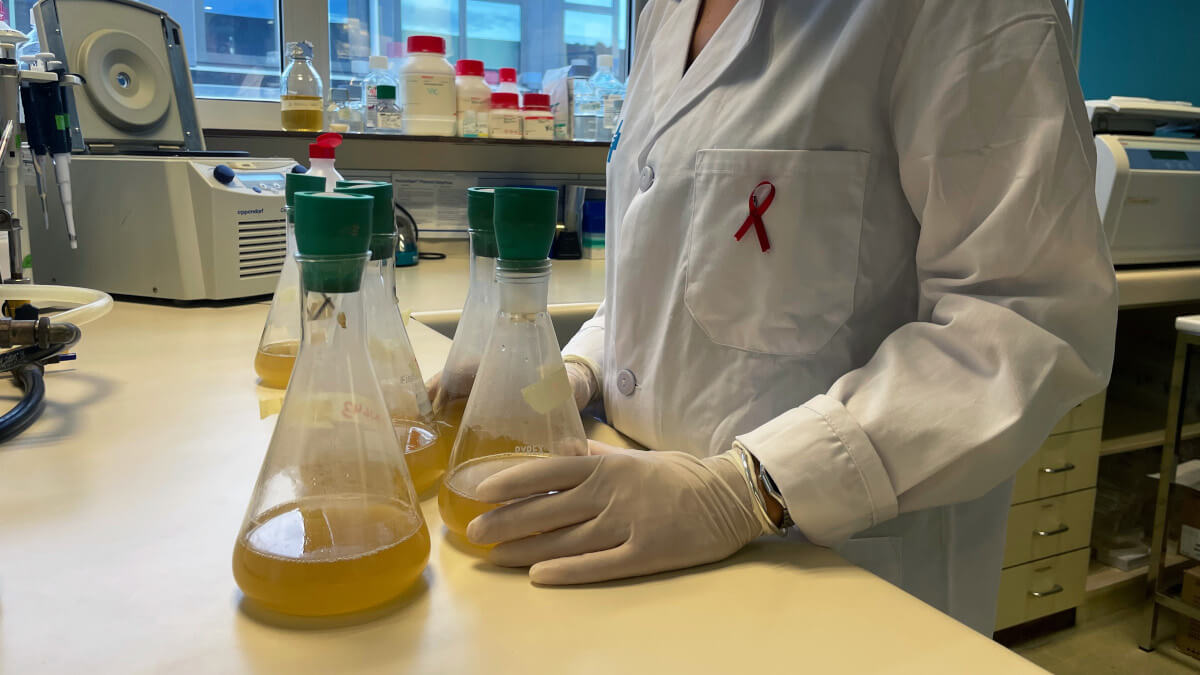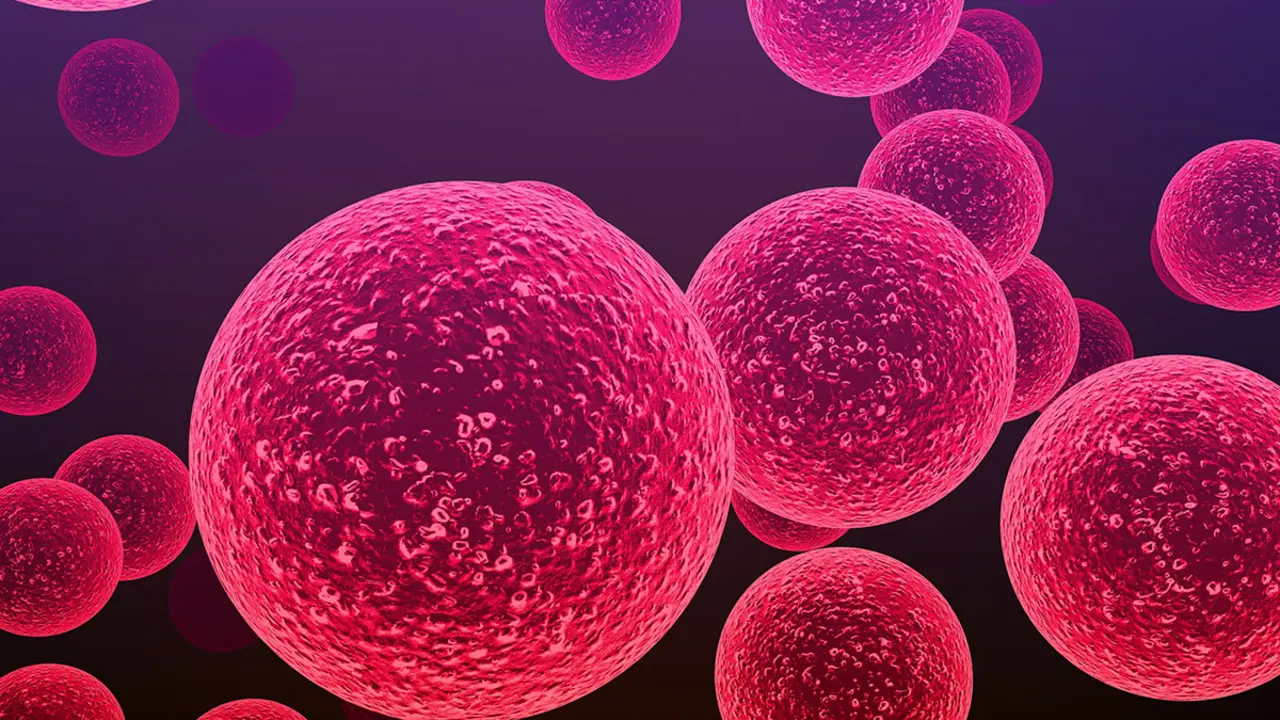Exceptional cases inspiring global HIV solutions

According to the latest statement from the World Health Organization, 39 million people in the world are living with HIV and last year there were 1.3 million new infections. IrsiCaixa is working on different strategies for curing the virus, many of which are inspired by unique cases of HIV infection. These cases include exceptional elite controllers, who have no virus in their blood and do not develop the disease despite not taking antiretroviral treatment; non-progressive viraemic patients, in whom, in the absence of treatment, the disease evolves slowly despite having high amounts of virus in their blood; and those who have been cured of HIV after receiving a stem cell transplant. Specifically, the study of these three profiles allows the IrsiCaixa HIV Research Institute - a centre jointly promoted by the "la Caixa" Foundation and the Department of Health of the Generalitat de Catalunya - to propose new strategies such as vaccines, molecules and cellular or genetic therapies against the virus. "They are success stories and therefore represent a reference for those of us who are dedicated to the study of HIV. We seek inspiration in these unique cases to then design strategies applicable to the rest of the population," says Javier Martinez-Picado, ICREA researcher at IrsiCaixa.
Exceptional elite controllers show HIV's weaknesses
A small number of people who become infected with HIV spontaneously have the virus completely under control, achieving a functional cure without the need for any treatment or intervention. These people are known as exceptional elite controllers. In 2020, an IrsiCaixa study suggested that two of the factors that allow them to achieve this control are: having a virus with little capacity to replicate and having an extraordinarily powerful immune system. "We believe that the viruses acquired by the exceptional elite controllers are less infectious and also 'less clever', as they expose more of their vulnerable areas, i.e. those that can trigger a more powerful immune response from the host," says Julià Blanco, IGTP researcher at IrsiCaixa. Now, Dr. Blanco's team is working on this hypothesis and studying what these viruses are like, as well as the antibodies that this profile of people present. "This information is very important for us as it will allow us to identify possible weak points of the virus and develop vaccines using these key molecules that activate the immune system," he adds.

Halting disease progression by calming the immune system
Unlike the exceptional elite controllers, who have no virus in their blood, the team has detected a profile of people who, despite having high levels of circulating virus, their viral infection does not progress and remains controlled: non-progressors. "We have seen that the immune system of these people is less activated and sends fewer warning messages, transmitted through molecules called cytokines. This fact allows their defences to be more relaxed and not exhausted, protecting them from disease progression," Martinez-Picado explains. "These observations give us clues as to what mechanisms might be accelerating the progression of HIV infection and, therefore, to design new molecules that specifically target these pathways," he adds.
Mimicking a stem cell transplant, but without the adverse effects
Only six people in the world have been cured of HIV after medical intervention. These are people who, some time after their HIV diagnosis, acquired a cancer that required a stem cell transplant to cure. After this intervention, all traces of HIV have disappeared from their bodies, even if they stopped taking antiretroviral treatment. These cases, although unique, have opened the door to different lines of research. "The process that these people have had to go through cannot be extrapolated to other people with HIV, but they do allow us to see that a cure is possible, as well as to study ways of mimicking this healing process using less invasive techniques," explains Martinez-Picado. Two options currently being considered by the team are gene therapy, based on modifying genes, or cell therapy, which involves creating immune cells that are modified to target specific targets. "With these two therapies, what we want to do is to eliminate the targets of the virus, the cells that allow the virus to enter and multiply throughout the body," he says.

Curing HIV, a firme goal in the fight against HIV
The horizon of the fight against HIV is envisioned as the global eradication of the infection. To achieve this, three fundamental pillars are needed: prevention, treatment and cure. Efforts so far have covered the first two pillars. "We now have prevention tools capable of preventing new infections and treatment that blocks the virus until it is undetectable in the blood and therefore cannot be transmitted," says Blanco. "Despite the great advances, we cannot forget the third and final pillar that needs to be built: a cure for HIV. This remains a major milestone for us and it is clear to us that science and research is the only way to get there," says Martinez-Picado. Achieving this goal would end chronic, often stigmatised treatment and provide solutions for those for whom adherence to daily treatment is impossible.







